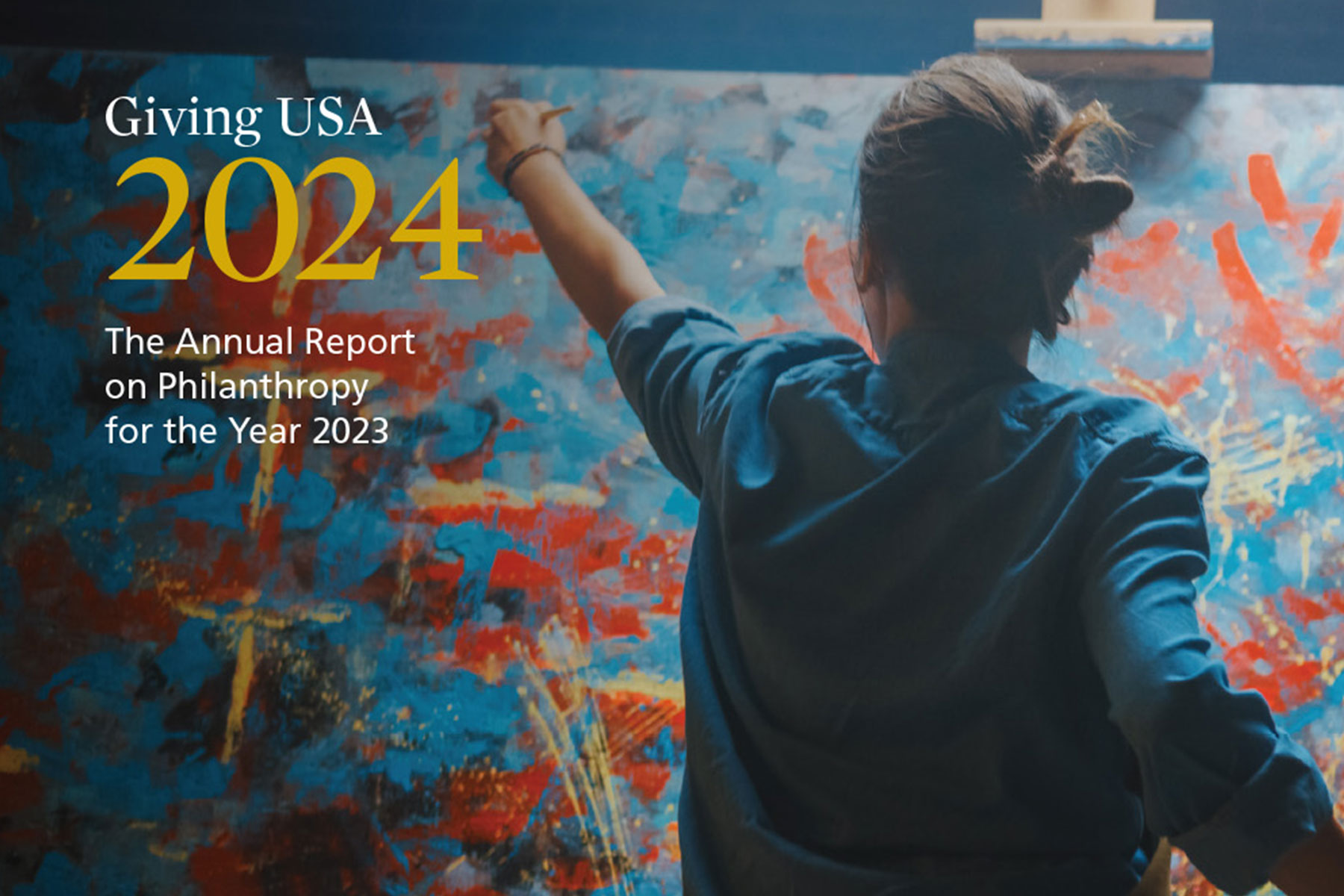“During the (previous year), did [you or anyone in your family] donate money, assets, or property with a combined value of more than $25 to religious or charitable organizations?”
This question is a standard in various population surveys, including the Current Population Survey (CPS) Supplement on Volunteering, an official US government survey on the labor force. It serves to gauge Americans’ engagement in philanthropy by measuring their contributions of time and/or money to charitable causes.
The University of Maryland School of Public Policy’s Do Good Institute recently released a report focusing on this key question. The study sought to understand the relationship between “micro-level variables (characteristics of the survey respondent) and macro-level variables (characteristics of the survey respondent’s community or place)” and philanthropic behavior, specifically examining monetary donations and volunteering time.
Contextually, recent studies on philanthropic behavior have highlighted a concerning trend of declining charitable giving and volunteerism. However, the findings of this study suggest that while there have been declines in these behaviors, the decrease hasn’t been as drastic as broader trends might indicate.
Key Findings from the Report
Reassuringly, the data analyzed for the report confirm many of the instincts and assumptions held by those of us who work in the philanthropy sector. Among the statistically significant results, the study finds:
- Women exhibit a higher inclination for both volunteering (6.3% more) and giving (7.6% more) compared to men.
- College graduates are notably more likely to volunteer (19.4% higher) and contribute financially (32.5% higher) than those without a college degree.
- Parents tend to engage more in volunteering (8.1% more) and giving (4.4% more) compared to adults without children.
- Marriage correlates with higher rates of volunteering (4.5% more) and giving (15.6% more).
- Part-time workers and the unemployed are more actively involved in volunteering.
- Rural areas exhibit higher volunteering rates than urban and suburban areas, while suburban areas show higher rates of giving than rural and urban areas.
- As income rises, so to do the rates of volunteering and giving. The same is true as people age.
- There is a direct relationship between poverty rates and giving and volunteering. As poverty increases, so does generosity.
- In the study period (2010–2015), there was a slight decline in Americans’ willingness to engage in acts of generosity, despite demographic shifts among the adult population that typically stimulate generosity.
- The model overestimated the declines in volunteering (3.2% predicted vs. 1.4% actual) and giving (3.1% predicted vs. 0.7% actual) during the study period.
Implications & Impact
The study showed that the individual (i.e., micro-level variables) continues to have the most significant influence on a person’s generosity. Although the study identifies several gaps that can guide nonprofits in targeting the right audience, proximity emerged as the most impactful factor. This insight is invaluable for nonprofits seeking to identify key constituencies to engage. However, “the decision to give or volunteer is likely to depend on personal circumstances, social connections, and community characteristics.”
BWF recommends developing a pipeline-oriented, data-driven, and engagement-centric annual, or base-level, giving program. This recommendation speaks precisely to the realities presented in this report. Achieving optimal success requires nonprofits to be highly attuned to each individual they engage with, acknowledging that these relationships naturally evolve over time. Crafting a set of strategies and tactics that adapt to these dynamics is key to positioning nonprofits for long-term fundraising success.
Strategic Approaches for Enhancing Your Annual Giving Program
Responsive strategies might include:
- Mapping out the specific experience you want to create for donors in the months following their gift. At BWF, we call this the Recognition-to-Renewal Journey strategy.
- Creating journey-based communications focused on recognizing philanthropy, cultivating deeper relationships, and renewing donor support.
- Incorporating crowdfunding and other peer-to-peer fundraising methods and tools into your annual giving program.
- Showing impact and presenting the case for giving as an opportunity for the donor to create that impact themselves.
Responsive tactics might include:
- Adding a personalized touchpoint from staff or volunteers to your gift recognition process.
- Creating a donor portal to allow donors to update their information and preferences directly.
- Increasing segmentation within appeals to enable more customizable language and personalized touchpoints in communications.
- Increasing the number and frequency of awareness campaigns that heighten visibility for your mission and philanthropic needs/priorities.
To maximize the impact of your annual giving program, consider implementing the following responsive strategies:
- Journey-Based Communications: Utilize journey-based communication strategies that prioritize recognizing philanthropy, nurturing relationships, and encouraging ongoing support from donors.
- Embrace Innovative Fundraising Methods: Incorporate crowdfunding and peer-to-peer fundraising techniques into your annual giving program to broaden participation and engagement among donors.
- Personalized Touchpoints: Enhance the gift recognition process by adding personalized touchpoints from your team or volunteers, demonstrating gratitude, and strengthening donor relationships.
- User-Friendly Donor Portal: Create a donor portal that allows donors to manage their information and preferences conveniently, empowering them to stay engaged with your organization.
- Segmented Appeals: Increase segmentation in your appeals to deliver tailored messages and personalized communications that resonate with different donor segments.
Conclusion
The insights from the University of Maryland School of Public Policy’s report shed light on the intricate dynamics of philanthropic behavior. While there has been a concerning trend of declining charitable giving and volunteerism in recent years, the study reveals nuances that challenge the notion of a sharp decline. Key findings, such as the significant influence of individual factors such as income and educational attainment on philanthropy, underscore the importance of tailored strategies for donor engagement.
The recommendation to develop a pipeline-oriented, data-driven, and engagement-centric giving program aligns perfectly with the realities uncovered in this report. Responsive strategies and tactics, such as the Recognition-to-Renewal Journey approach, personalized touchpoints, donor portals, segmented appeals, and increased awareness campaigns, offer actionable steps for nonprofits to enhance their annual giving programs.
By embracing these strategic approaches and leveraging innovative fundraising methods, organizations can create meaningful experiences for donors, foster deeper connections, and ultimately drive sustainable support for their mission and goals. It’s about understanding the evolving landscape of philanthropy and adapting proactively to ensure long-term fundraising success.
Sources




